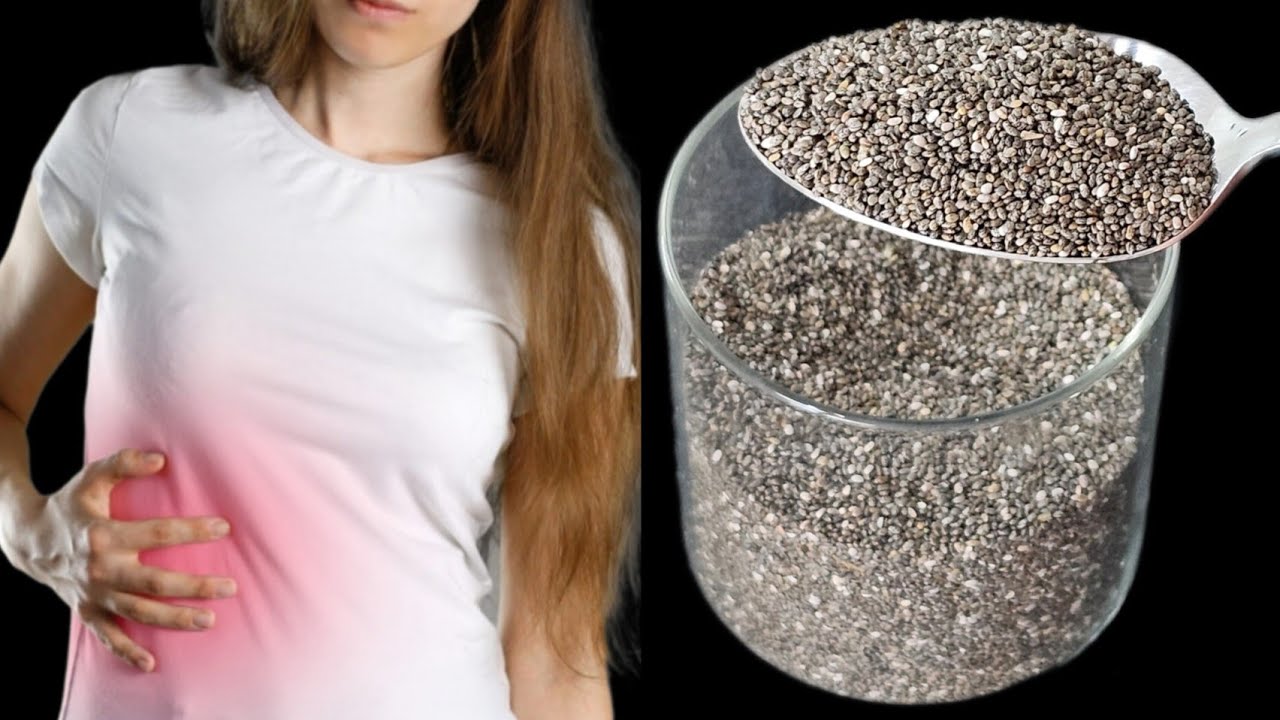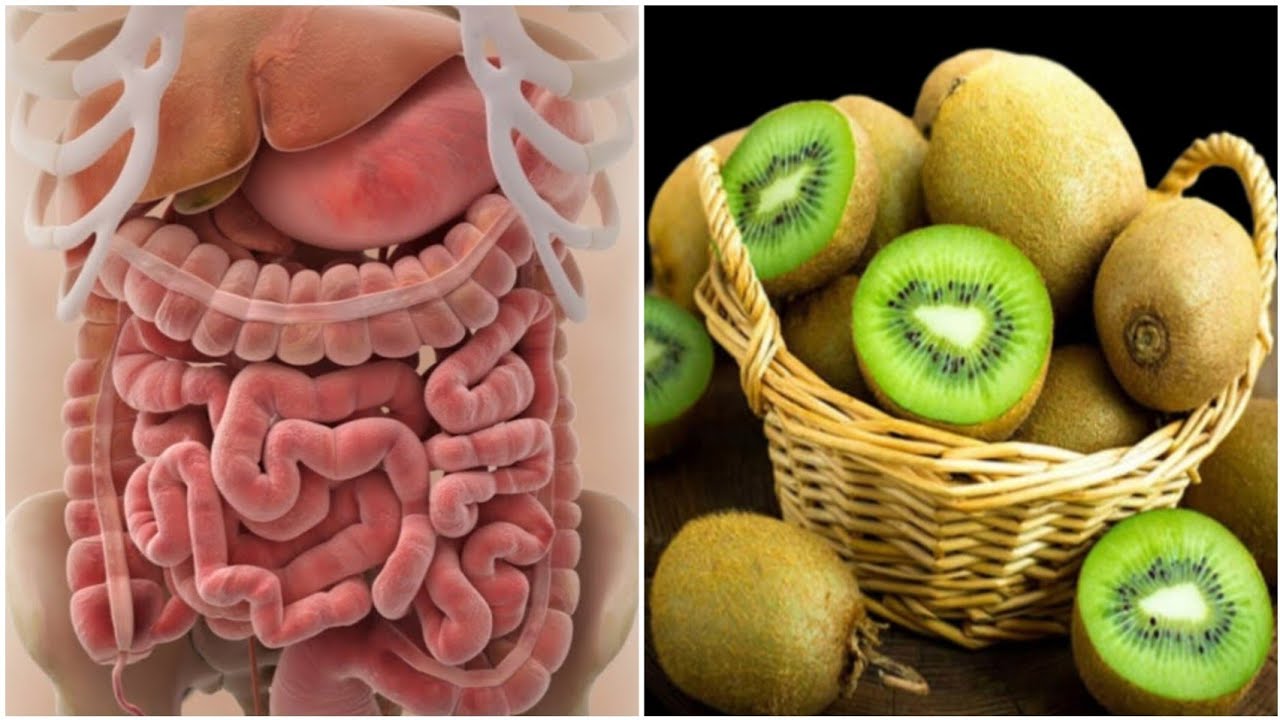
If you’re looking for a natural and aromatic way to cook your meals without using aluminum foil or baking paper, fig leaves are a fantastic option. They not only add a unique flavor to your dishes but also provide a beautiful, eco-friendly presentation. Here’s how you can incorporate fig leaves into your cooking and enjoy their benefits.
Why Use Fig Leaves?
Fig leaves impart a delightful, subtle flavor to food, reminiscent of coconut and vanilla. They also offer a healthy alternative to traditional cooking methods, eliminating the need for aluminum or baking paper. Plus, fig leaves can help keep your food moist and infuse it with their aromatic essence.
Health Benefits of Fig Leaves
Fig leaves are known for their potential health benefits. They are rich in antioxidants and can help in managing blood sugar levels, supporting cardiovascular health, and improving digestion.
How to Cook with Fig Leaves
Ingredients:
-
Fresh fig leaves (ensure they are pesticide-free)
-
Your choice of protein (fish, chicken, tofu, etc.)
-
Vegetables (optional)
-
Olive oil or melted butter
-
Herbs and spices of your choice (e.g., garlic, thyme, rosemary)
-
Lemon slices (optional)
Instructions:
-
Prepare the Fig Leaves: Rinse the fig leaves thoroughly under cold water to remove any dirt. Pat them dry with a clean kitchen towel. If the leaves are large, you can trim the stems and any tough edges.
-
Marinate the Protein: Season your protein with olive oil or melted butter, herbs, and spices. Let it marinate for at least 30 minutes to enhance the flavors. You can also add lemon slices for a zesty touch.
-
Wrap the Food: Place the fig leaves on a clean surface. Lay your protein and vegetables (if using) in the center of the leaves. Fold the sides of the leaves over the food, creating a neat parcel. Secure the parcel with kitchen twine if needed.
-
Cooking Methods:
-
Grilling: Preheat your grill to medium heat. Place the fig leaf parcels on the grill and cook for about 10-15 minutes on each side, depending on the thickness of your protein. The leaves will char slightly, adding a smoky flavor to your dish.
-
Baking: Preheat your oven to 375°F (190°C). Place the fig leaf parcels on a baking sheet and bake for 20-25 minutes, or until the protein is fully cooked.
-
Steaming: In a steamer basket, place the fig leaf parcels and steam for about 20 minutes. This method is especially good for delicate proteins like fish.
-
-
Serve and Enjoy: Once cooked, carefully unwrap the fig leaf parcels. The leaves may be slightly charred, but the food inside will be tender and infused with the wonderful aroma of the fig leaves. Serve your dish straight from the leaf for a rustic, beautiful presentation.
Tips for Success:
-
Fresh Leaves: Always use fresh, pesticide-free fig leaves for the best results.
-
Experiment with Flavors: Feel free to experiment with different herbs, spices, and marinades to complement the subtle flavor of the fig leaves.
-
Eco-Friendly Cooking: Embrace this natural cooking method as a way to reduce waste and enjoy a unique culinary experience.
Cooking with fig leaves is a delightful way to enhance the flavor of your meals while embracing an eco-friendly and health-conscious approach. Give it a try and enjoy the aromatic, tender results that fig leaves bring to your dishes!





